‘There is no other country in the world, besides my own, whose way of life I like so much,’ enthused the great French couturier Christian Dior. ‘I love English traditions, English politeness, English architecture. I even love English cooking.’ And that was in the 1950s. If pre-sales for the V&A’s Christian Dior: Designer of Dreams are any indication, the English seem super keen to return the love. Though I say so myself, this is a stunning exhibition, from the post-war New Look — condemned by Stafford Cripps for its anti-austerity ethos (a rather different Labour party in those days) — to the clean, sculptural chic of Maria Grazia Chiuri. Perhaps the popularity is down to the need for some Brexit-induced escapism — a dream world of Normandie gardens, Versailles picnics, and Belle Époque balls. But I like the British story: Dior helped to fund the Fashion Museum in Bath, and his work with Midlands corset-makers means that some of our best loans have come from the stores of Leicestershire County Council.
With Princess Margaret’s 21st-birthday dress a star attraction, the show is opened by her son, the furniture maker David Linley, who explains how much the House of Windsor came to admire the House of Dior. The Queen Mother asked models to ignore protocol and turn their backs on her so she could inspect the haute couture. Some exhibition visitors comment that Princess Margaret’s dress itself now looks, ahem, somewhat yellowed. This is not down to the effects of any hard partying, but rather Cecil Beaton’s shameless bleaching of the original 1951 portrait of Princess Margaret, as he sought to photoshop that post-war Phoenix moment.
On the sweeping banks of a very choppy River Tay, the Duke and Duchess of Cambridge arrive to open officially V&A Dundee. Dressed in tartan Alexander McQueen, the Duchess — our royal patron — is suitably wowed by architect Kengo Kuma’s sandstone and concrete edifice, inspired by the granite cliffs of north-east Scotland. Wandering through the museum’s design galleries, I am again struck by the confident, global sensibility of imperial Scotland: the jute bags for Pakistan; the Glaswegian ceramics for Malaysia; the steel for Bombay. While V&A Dundee has kick-started inward investment, the Duke and Duchess also confronted the continued challenge of de-industrialisation when they spent the afternoon with Michelin workers due to be laid off in the coming months. For the riptide of globalisation has flowed back to Dundee, with cheap Chinese tyre production undermining Michelin’s operation in the UK. The good news is that Dundee has a smart, youthful and committed champion in the SNP council leader John Alexander. Trust me, Holyrood: he is one to watch.
Down south, time is running out to see the Lost Treasures of Strawberry Hill exhibition. The restoration of Horace Walpole’s Gothic Revival wunderkammer is one of the great recent conservation achievements. The library, turrets, tribune and great parlour have been returned to their 18th-century aesthetic, shorn of the decades as a teacher training college. And for the next few weeks, they still house Walpole’s cabinet of curiosities — Cardinal Wolsey’s hat; Joshua Reynolds’s ‘The Ladies Waldegrave’; Wedgwood vases. Before it is dispersed again, take the trip to Twickenham and revel in the idiosyncrasy of one of England’s greatest collectors.
Friday sees the 200th anniversary of the birth of another collector, John Ruskin. Sadly, he could never bear the V&A: ‘a Cretan labyrinth of military ironmongery’, with its ‘advertisements of spring blinds, model fish-farming, and plaster bathing nymphs with a year’s smut on all the noses of them’. But what would the ardent chronicler of Venice and critic of ‘the Great Goddess of Getting On’ make of La Serenissima’s decision to start charging an entrance fee? To Ruskin, the beauty of Venice was predicated on a truthful, socialist architecture of craftsmanship. Now the entire city has become a commodity.
In France, the poujadist counter-revolution shows no sign of letting up. But the reason why the smart, centrist PM Édouard Philippe is set to be the fall guy for the gilets jaunes insurrection is not because he is an out-of-touch énarque. No. Far worse. The Paris press corps have decided that the former mayor of Le Havre is guilty of harbouring a ‘British sense of humour’. There have been too many self-deprecating jokes and knowing puns. And for that, the tumbril is waiting and the guillotine sharpened. Clearly, Dior’s vision of Franco-British amitié still has a little way to go.
Got something to add? Join the discussion and comment below.
Get 10 issues for just $10
Subscribe to The Spectator Australia today for the next 10 magazine issues, plus full online access, for just $10.
You might disagree with half of it, but you’ll enjoy reading all of it. Try your first month for free, then just $2 a week for the remainder of your first year.

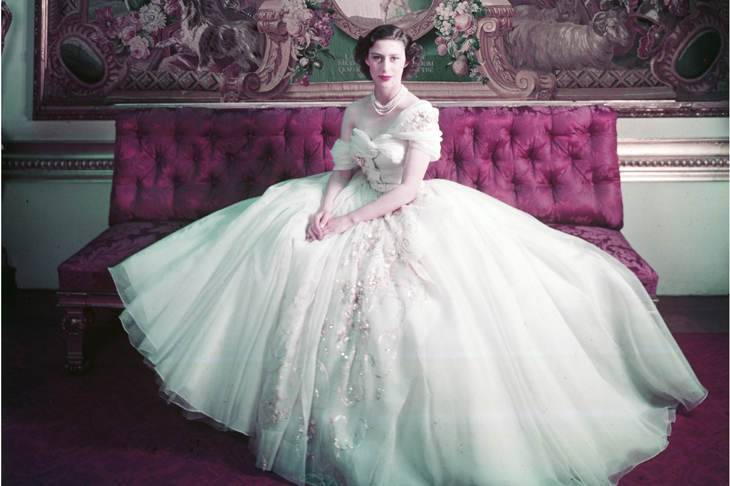


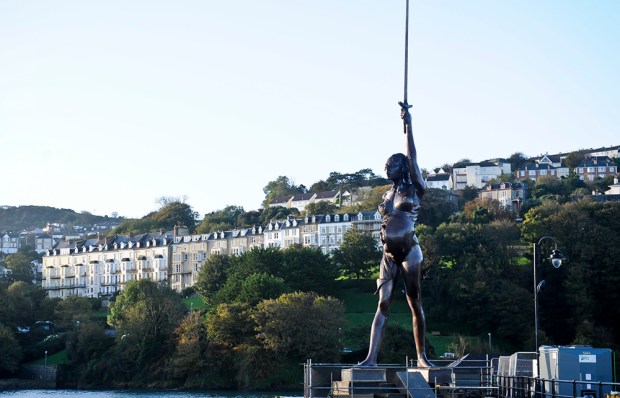
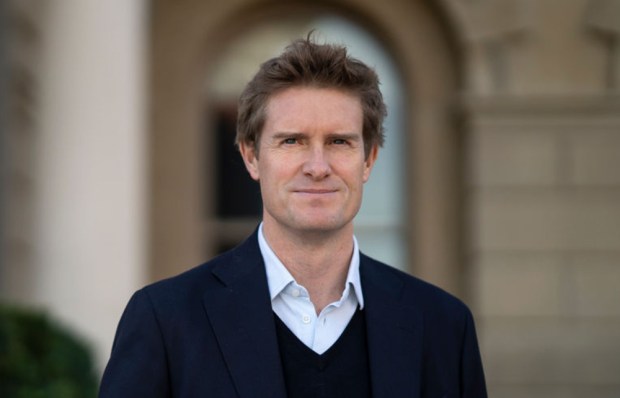
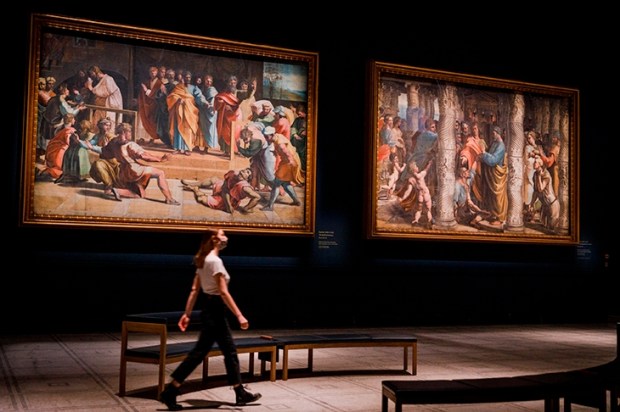
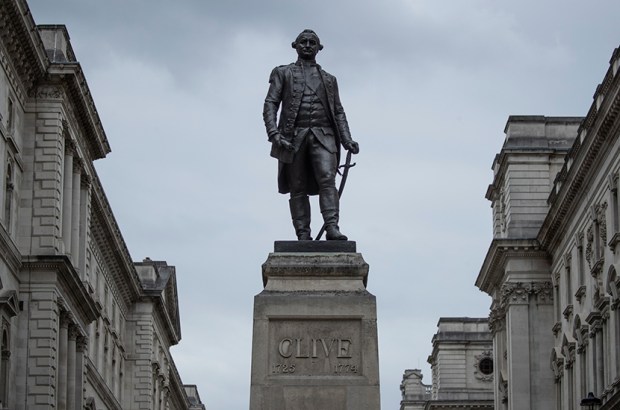






Comments
Don't miss out
Join the conversation with other Spectator Australia readers. Subscribe to leave a comment.
SUBSCRIBEAlready a subscriber? Log in